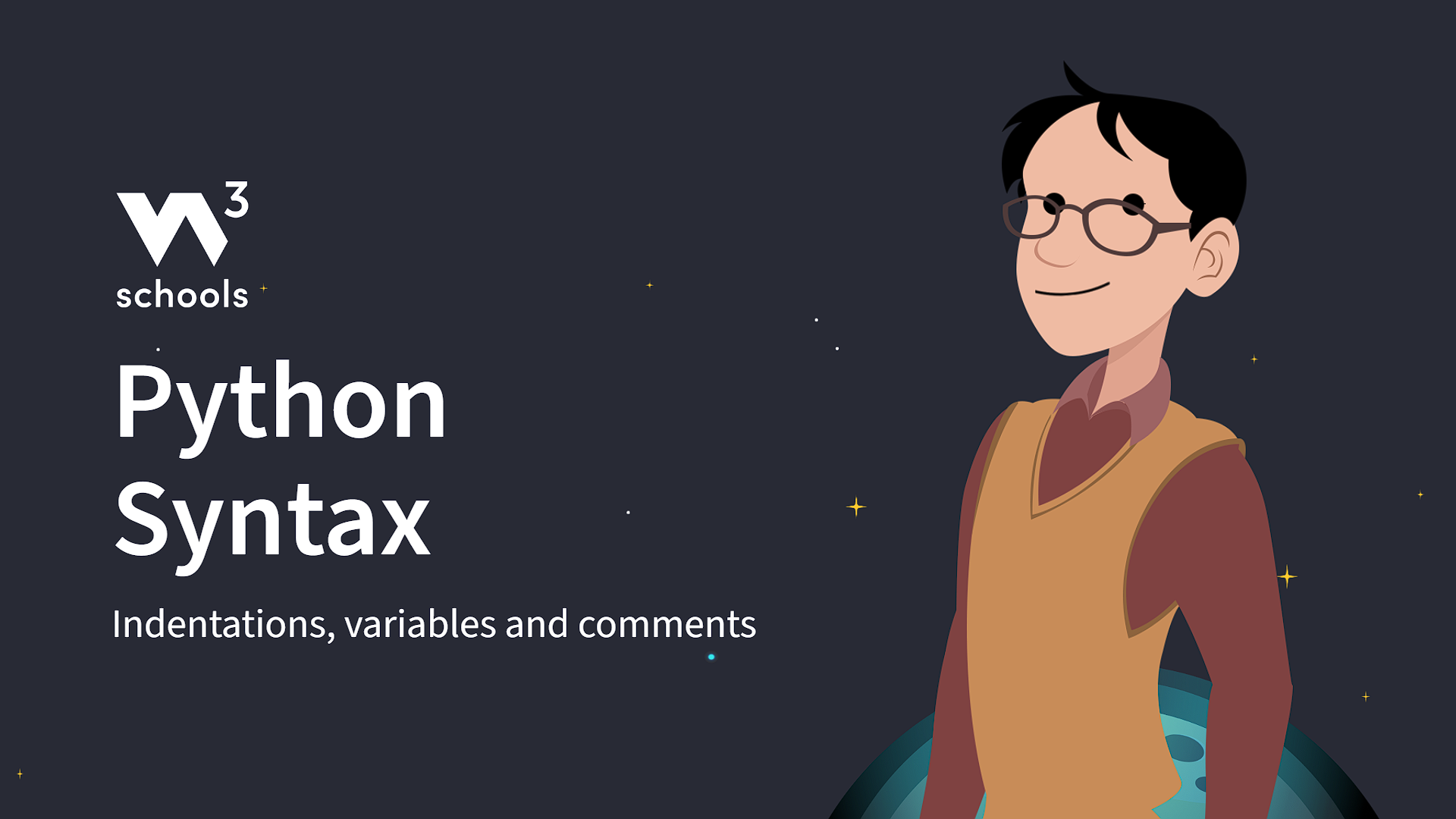Python 语法
或者,你可以在服务器上创建以 .py 文件扩展名结尾的 python 文件,并在命令行中运行它:
C:\Users\你的名字>python myfile.py
Python 缩进
缩进是指代码行开头的空格。
在其他编程语言中,代码缩进仅用于可读性,但在 Python 中,缩进非常重要。
Python 使用缩进来表示代码块。
如果省略缩进,Python 会报错。
缩进的空格数由你决定,最常用的方式是四个空格,但至少要有一个空格。
示例
if 5 > 2
print("Five is greater than two!")
if 5 > 2
print("Five is greater than two!")
自己动手试一试 »
同一代码块中的空格数必须相同,否则 Python 会报错。
示例
Syntax Error
if 5 > 2
print("Five is greater than two!")
print("Five is greater than two!")
自己动手试一试 »
Python变量
在 Python 中,变量在赋值时被创建。
Python 没有声明变量的命令。
你将在 Python 变量 章节了解更多关于变量的内容。
注释
Python 支持注释功能,用于代码内的文档记录。
注释以 # 开始,Python 会将该行剩余的部分视为注释。
视频:Python 语法



